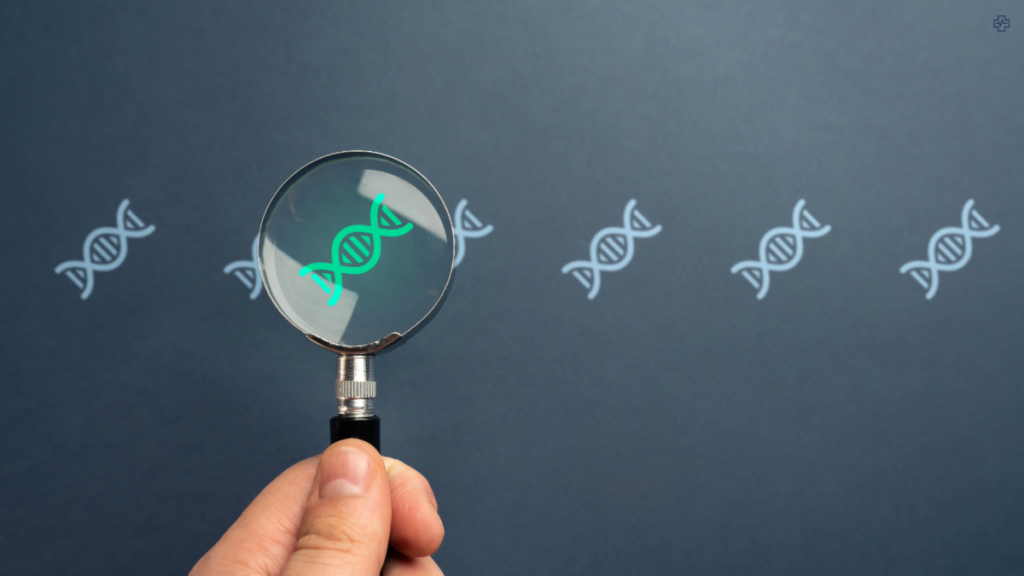The field of genomics has evolved rapidly, offering new insights into our past, present, and future. While genetics focuses on the study of individual genes and their roles in inheritance, genomics takes a broader approach, examining the entire genome, the complete set of DNA within an organism. This distinction allows genomics to uncover deeper layers of information about human evolution, disease, and history. One fascinating application of genomics is its ability to analyse ancient DNA, a tool that has recently helped researchers rewrite key aspects of human history, including the story of the Rapanui people of Easter Island.
Genomics research began to take off with the completion of the Human Genome Project in 2003, which mapped the entire human genome for the first time. Since then, advancements in DNA sequencing technology have allowed scientists to extract and analyse genetic material from long-dead individuals, opening the door to understanding ancient human migration, adaptation, and interaction. By sequencing ancient DNA, researchers can answer questions about how populations moved, adapted to new environments, and even interacted with other groups, information that is often not available through traditional archaeological methods.
Genomics vs. Genetics
| Feature | Genomics | Genetics |
|---|---|---|
| Focus | The study of the entire genome (all of an organism’s DNA) | The study of individual genes and their inheritance |
| Scope | Broad and comprehensive, encompassing all aspects of genetic information | Narrower focus on specific genes and their traits |
| Techniques | Uses advanced sequencing technologies to analyze the entire genome | Involves techniques like DNA fingerprinting, PCR, and Southern blotting |
| Applications | Personalized medicine, drug discovery, disease diagnosis, and understanding evolutionary relationships | Genetic counseling, paternity testing, and studying inherited diseases |
| Data Analysis | Requires sophisticated computational tools to analyze large datasets | May involve simpler data analysis techniques |
| Examples | Genome-wide association studies (GWAS) to identify genetic variants associated with diseases | Mendelian inheritance patterns, pedigree analysis |
What Genomics Reveals About Rapa Nui and Pre-European Contact
A recent genomic study conducted on 15 ancient Rapanui individuals has reshaped our understanding of pre-European trans-Pacific contact. By analysing the genomes of these individuals, researchers discovered genetic admixture between the Rapanui people and Indigenous populations from South America, suggesting that Polynesians and Native Americans interacted between 1250–1430 CE, long before Europeans arrived on the island.
This finding is groundbreaking, as it confirms trans-oceanic contact across vast distances, challenging previous assumptions that the Pacific Islands were isolated from the Americas. These results not only demonstrate the navigational capabilities of the Rapanui but also highlight their genetic resilience. Contrary to the popular “ecocide” theory, which suggested that the Rapanui population collapsed due to environmental degradation, the genomic evidence shows a stable population with no signs of genetic bottleneck during this period. This continuity in the genetic makeup of the Rapanui people underscores their ability to adapt to environmental challenges and maintain population stability.
The Broader Implications of Genomics in Anthropology

Beyond the Rapanui, genomics has become a powerful tool for reconstructing ancient human history. Other studies, such as those on ancient Egyptian mummies or early European settlers, have used similar genomic techniques to map human migration patterns, genetic admixture, and adaptation to various environments. For example, studies of ancient horse genomes have provided insights into the domestication processes that shaped early human civilizations, while research into ancient African populations has helped clarify the deep genetic roots of modern humans.
These examples show how genomics is transforming our understanding of anthropology and human evolution. By comparing the genomes of ancient and modern populations, scientists can trace how human groups split, merged, and adapted over millennia. This growing body of research is helping to answer long-standing questions about human history that were previously only hypothesized through archaeological findings and linguistic analysis.
Contributions to Health Research
Genomics holds immense potential for advancing health research by providing deeper insights into the genetic basis of diseases. By analysing the human genome, researchers can identify genetic variants that increase susceptibility to conditions like cancer, diabetes, and heart disease, allowing for the development of more personalised treatment strategies.
This approach, often referred to as precision medicine, enables healthcare providers to tailor interventions based on an individual’s unique genetic makeup, potentially improving outcomes and reducing the risk of adverse effects. Furthermore, genomics can help in understanding how certain populations are predisposed to specific diseases, facilitating more targeted public health initiatives.
In addition to improving diagnosis and treatment, genomics can contribute to preventative health measures by identifying individuals at risk before symptoms appear. For example, genomic testing can reveal mutations associated with hereditary conditions, such as BRCA mutations linked to breast and ovarian cancer. This early detection enables high-risk individuals to undergo enhanced screening or preventative treatments, potentially averting the onset of disease.
Genomics research also advances our understanding of how genes interact with environmental factors, such as diet and lifestyle, providing a comprehensive picture of health and disease development. As genomic technologies continue to evolve, they promise to transform health research and drive new breakthroughs in both prevention and therapy.
Genomics, a Global Tool for Discovery
The impact of genomics extends far beyond the laboratory, offering new perspectives on human resilience, migration, and contact across cultures. The study of the Rapanui people is just one of many examples of how genomics is helping to challenge traditional narratives about human history, revealing more complex and interconnected global patterns than we once thought.
As the field continues to grow, it also highlights the ethical responsibilities associated with handling ancient DNA, particularly in respecting the wishes of descendant communities. Globally, genomics research is being embraced for its potential to uncover deep connections between human populations, providing a better understanding of how people, past and present, are linked.
With more research papers focusing on ancient DNA emerging across various disciplines, the future of genomics looks promising. Whether it’s understanding ancient human migrations, improving medical treatments, or protecting endangered species, genomics is poised to remain a cornerstone of scientific discovery for years to come.

